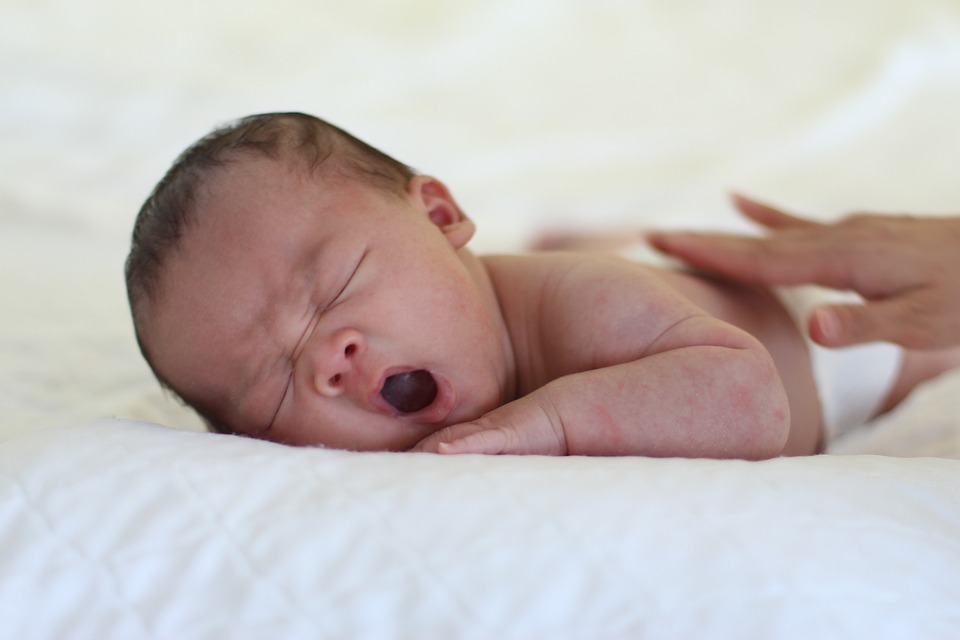Understanding Craniosynostosis
As a parent, finding out that your child has craniosynostosis can be overwhelming and confusing. Craniosynostosis is a condition where the bones in a baby’s skull fuse together too early, affecting the shape of the head and potentially impacting brain growth. It’s important to educate yourself about this condition and understand the options available for treatment.
Diagnosis and Treatment
If you suspect that your child might have craniosynostosis, it’s crucial to seek medical attention. A pediatrician or a craniofacial specialist can diagnose the condition through physical examination and imaging tests. Treatment options vary depending on the severity of the condition, and may include helmet therapy or surgery to reshape the skull. Your child’s healthcare provider will discuss the best course of action for your child.
Support and Resources
Dealing with craniosynostosis can feel isolating, but you are not alone. There are numerous support groups, online forums, and advocacy organizations that offer valuable resources and emotional support for parents dealing with craniosynostosis. Connecting with other families who have gone through similar experiences can provide comfort and guidance.
Raising a Child with Craniosynostosis
Parenting a child with craniosynostosis comes with its own set of challenges, but it’s important to remember that your child is unique and special just the way they are. Embrace their differences and celebrate their strengths. Be an advocate for your child and ensure they receive the care and support they need to thrive.
Conclusion
While craniosynostosis can be daunting, by arming yourself with knowledge, seeking support, and advocating for your child, you can navigate this journey successfully. Remember to take care of yourself as well, as parental self-care is vital in providing the best support for your child.
FAQs
Q: Can craniosynostosis be prevented?
A: Craniosynostosis is typically not preventable as it is often caused by genetic factors or occurs sporadically.
Q: Will my child need multiple surgeries?
A: The need for multiple surgeries depends on the severity of the condition and the treatment plan recommended by your child’s healthcare provider.
Q: How can I find a support group for parents of children with craniosynostosis?
A: Your child’s healthcare provider or local hospital may be able to connect you with support groups or organizations dedicated to craniosynostosis.
[ad_2]

















コメント